Not many tourists know about the Bunker of the Arpad line, this landmark of the Transcarpathian region is a novelty in the tourist field.
But thanks to the rapid development of tourism in Ukraine, every year more and more people learn about the military structure.
Naturally, it cannot be argued that this is a positive place or an ideal option for a family vacation, but everyone needs to be here, definitely.
After all, sometimes surrounded by everyday worries, we forget about the Second World War, the victims and heroes. So, the Arpad Bunker is a vivid reminder about the most terrible period in the life of mankind.
Bunker Line Arpad our days
Today, the Arpad Line bunker is not used to its original purpose; a military history museum has been built here, which anyone can visit.
This facility is considered the largest bunker in Ukraine since the Second World War. It should be noted that the unique landmark winds in the underground tunnels for almost 1 kilometer.
Regarding the length of the bunker, I would like to note that many experts assure that the object has a length of more than 1500 meters. Although there is even such a version that the actual length of the structure reaches almost 15 km and connects with equally important military objects of strategic importance: underground secret passages that relate directly to the objects of the Arpad Line in the area of the Maidan tract, as well as there is an exit at the Kosyak mountain and there is a move to the pass Uklin.
Naturally, this is true or not is difficult to understand, but as the realities of life have shown, this theory has a right to exist.
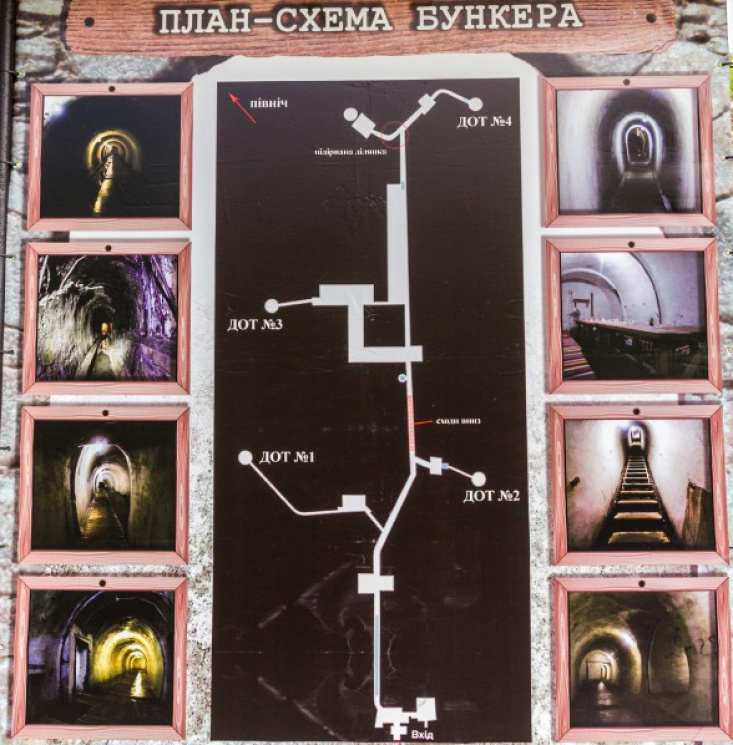
The military underground tunnel is located at a depth of 50 meters, its walls are 1 meter thick concrete. Given these parameters, the structure can withstand almost any air attack.
The Arpad Line Bunker was opened and restored as a tourist destination in May 2012.
Here you can see interesting exhibits of weapons, ammunition from the Second World War.
Everyone will have the opportunity to visit the tasting room and enjoy the taste of the best wines of Transcarpathia. Thanks to the well-guided tour guides, you will learn many interesting things about the war period, the history of construction and the original purpose of the secret facility, and much more.
As a rule, the guide program consists of several main points:
1. Acquaintance with the defensive line Arpad;
2. Special attention is paid to the design of the bunker;
3. A brief history of the construction of military facilities.
The history of the construction of the bunker line Arpad
The first stages of the construction of the bunker coincide with the start of the construction of the fairly well-known defense line Arpad, which played a strategically important role in military operations of that period.
So, the history of the bunker originates from October 1939 to 1944, as you can see the work has been going on for a long 5 years. Naturally, all the work was accompanied under complete secrecy, even the local population did not know what exactly was going on inside, there were only guesses and assumptions.
Almost the entire workflow was carried out by soldiers from the penal battalions of the exclusively Romanian and Hungarian army. Local residents were also allowed to work, but they performed only functions for the transportation and loading of building materials; entry to the inside of the bunker was prohibited.
The bunker served its direct assignment for only two years - it was during this period that the Soviet Army was able to capture the building itself, this event occurred on October 16, 1944.
As a result, at the end of the war, the NKVD blew up all available objects that are part of the Arpad Line, and the bunker itself was mothballed.
The military building was in an isolated state for 20 years, and only in 1968 the blown-up entrances cleared and partially restored the damage to the soldiers of the Mukachevo border detachment.
For quite a long time, the object was on the balance of the border guards, it lasted until 1991. And only after the collapse of the Soviet Union, the military structure was transferred by the Ministry of Defense of Ukraine under the full care of the local village council.
As a result, until the 2000s, there was almost nothing left of the bunker, it was plundered by vandals enduring the most valuable. It was natural to return everything as it was difficult, but thanks to local enthusiasts the bunker was restored and cleared of rubbish, which allowed the military history museum to be opened here.
Arpad Line
To realize the scale of the Arpad defensive line, which German, Hungarian engineers and their army worked on in 1939-1944, it is perhaps necessary to describe this object in more detail. So, construction work was carried out during the active phase of the Second World War.
As a result, it was the most powerful military defense system of that time, which stretched for 600-700 kilometers along the Carpathian ridge.
It should be noted that the Line of Arpad consisted of strategically important and separate from each other objects of defense, which in turn controlled the roads, all possible crossings and passes through the Carpathians, namely:
1. Uzhotsky pass that controlled all directions to Uzhgorod. According to archival data, it is known that there were 30 pillboxes located in this area and a lot of trenches.
2. Veretsky pass, he controlled routes to Mukachevo. This segment of the Arpad Line was considered the most fortified direction.
3. Khust Pass, responsible for the security of the movement of the army of the German allies in the direction of Khust.
4. Kereshmyzkaya and Rakhiv line. This segment was also distinguished by a high degree of protection and a large number of fortifications.
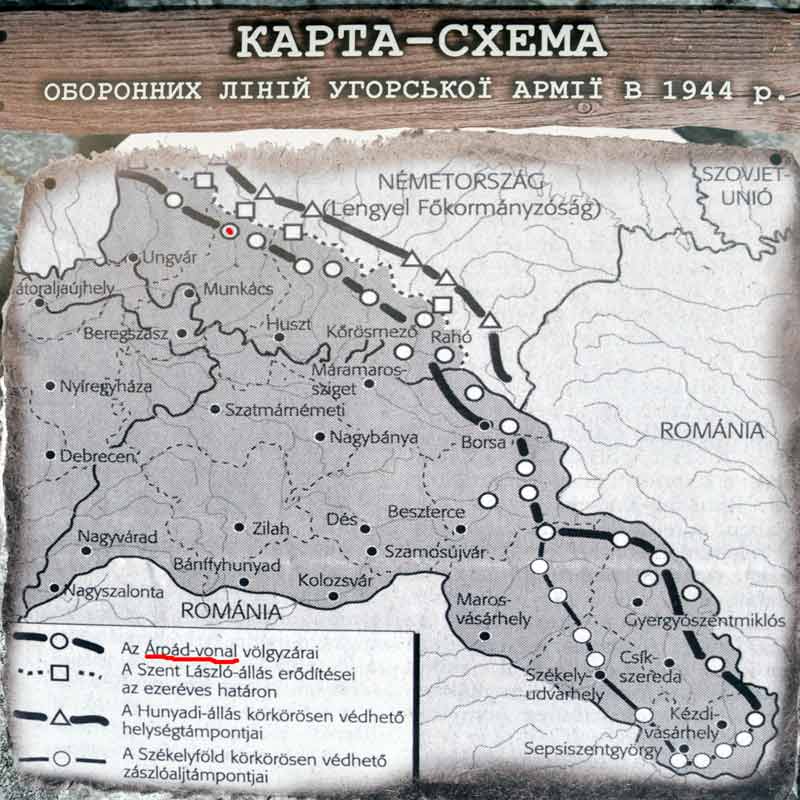
There were a lot of fortifications along the whole line, which were difficult to overcome or circumvent.
For example, only in areas where there was an active confrontation between the German and Hungarian troops against the Fourth Ukrainian Front, nearly 100 strongholds, more than 700 bunkers were built to strengthen their positions, more than 400 km of trenches were dug out, 439 firing points for quick response and observation, 394 dugouts, as well as it is known about 135 kilometers of obstacles and anti-tank facilities.


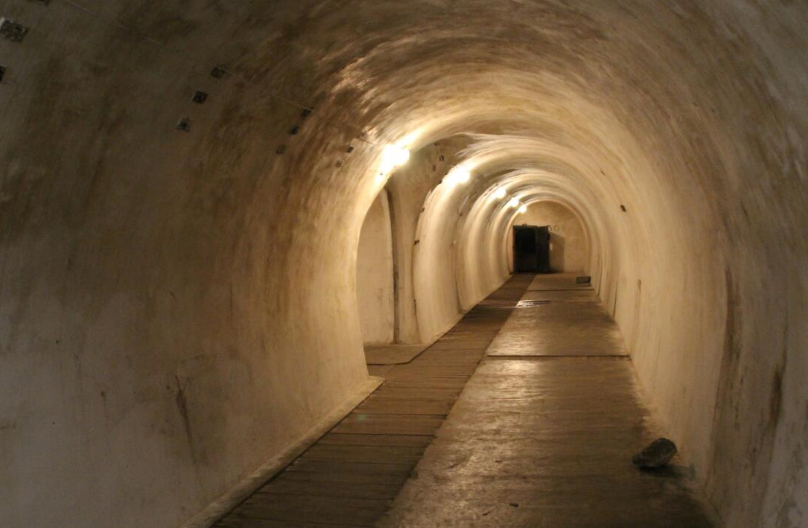
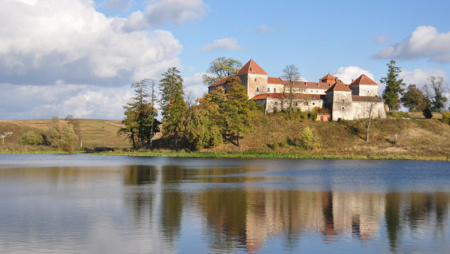
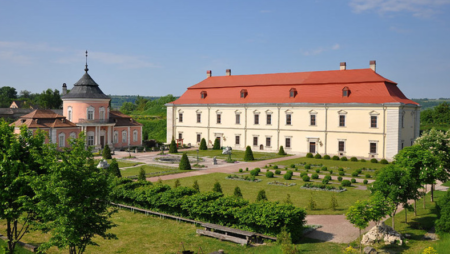
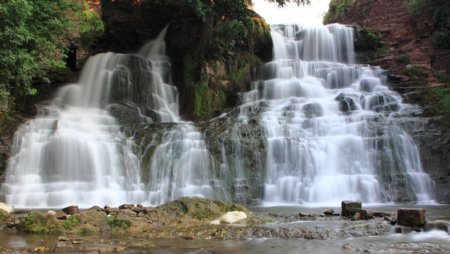
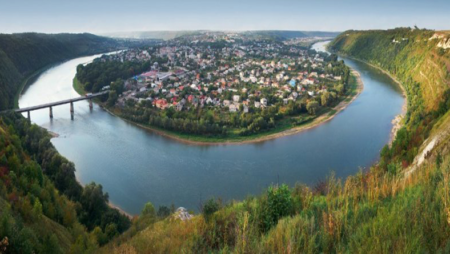
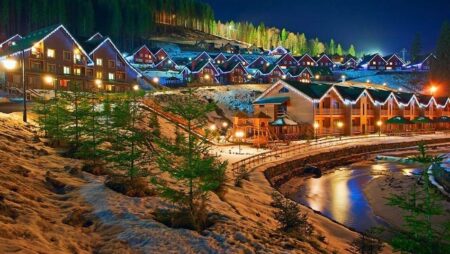
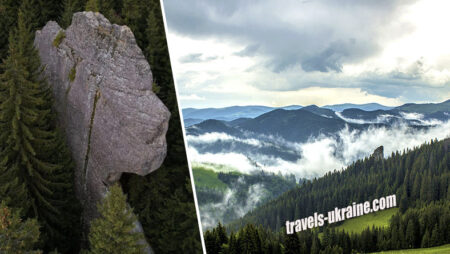
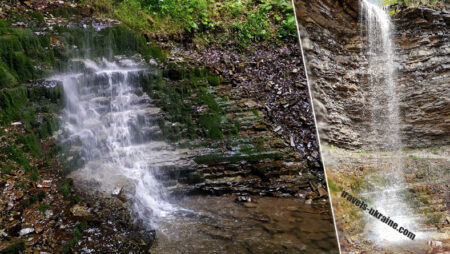

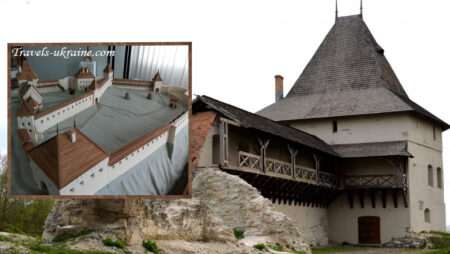
No Comment
You can post first response comment.